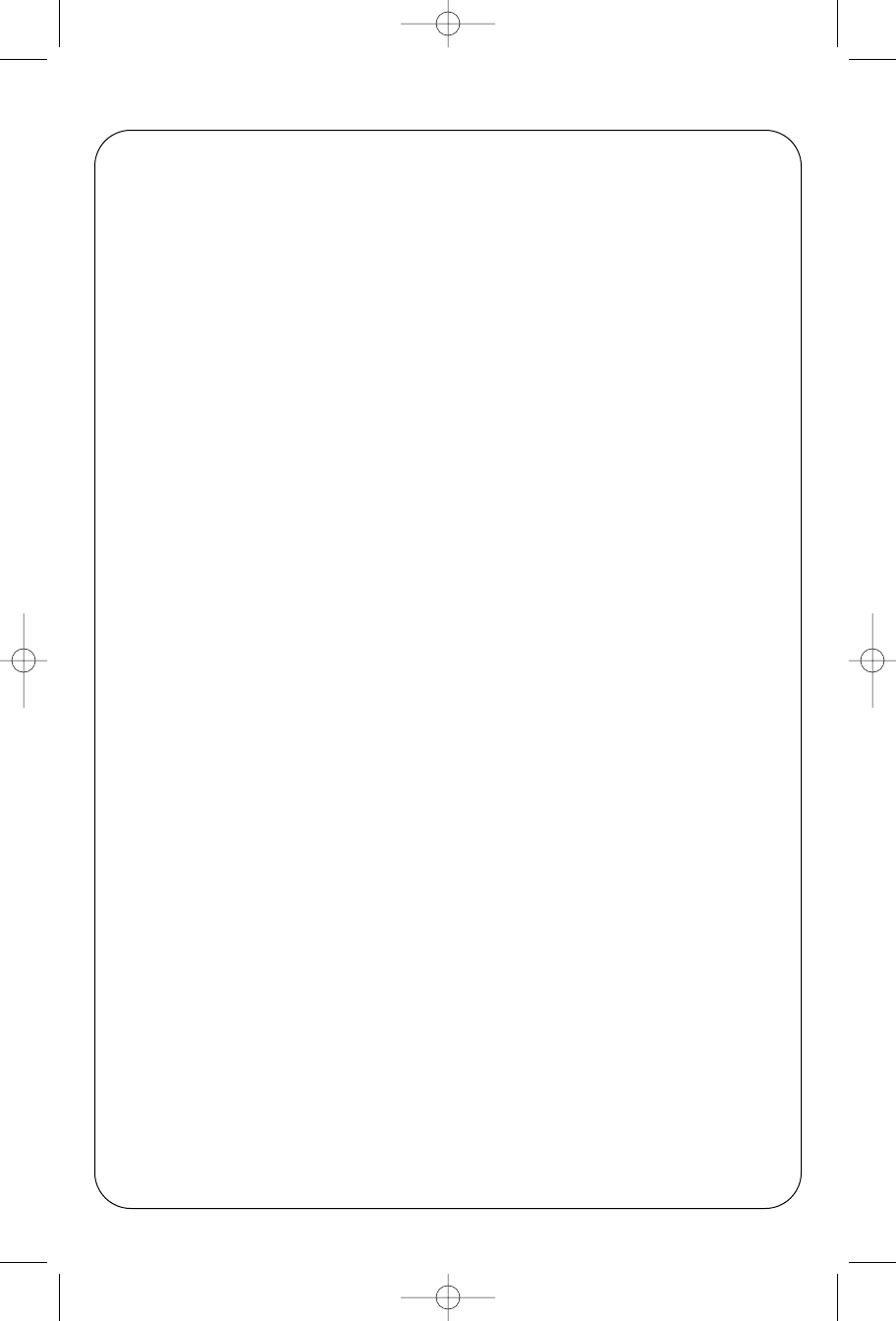
4
SAFETY RULES FOR ROTARY TOOL (CONTINUED)
sories. You may unexpectedly cause the tool
to start leading to serious personal injury.
Be aware of the switch location, when
placing the tool down or when picking the
tool up.
You may accidentally activate the
switch.
Always hold the hand piece firmly in your
hands during the start-up.
The reaction
torque of the motor, as it accelerates to full
speed, can cause the shaft to twist.
Always wear safety goggles and dust
mask. Use only in well ventilated area.
Using personal safety devices and working in
safe environment reduces risk of injury.
After changing the bits or making any
adjustments, make sure the collet nut and
any other adjustment devices are secure-
ly tightened.
Loose adjustment device can
unexpectedly shift, causing loss of control,
loose rotating components will be violently
thrown.
Do not reach in the area of the spinning
bit.
The proximity of the spinning bit to your
hand may not always be obvious.
Allow brushes to run at operating speed
for at least one minute before using
wheel. During this time no one is to stand
in front or in line with the brush.
Loose
bristles or wires will be discharged during the
run-in time.
Wire and bristle brushes must never be
operated at speeds greater than
15,000/min. Direct the discharge of the
spinning wire brush away from you.
Small particles and tiny wire fragments may
be discharged at high velocity during the
“cleaning” action with these brushes and may
become imbedded in your skin. Bristles or
wires will be discharged from the brush at
high speeds.
Carefully handle both the tool and individ-
ual grinding wheels to avoid chipping or
cracking. Install a new wheel if tool is
dropped while grinding. Do not use a
wheel that may be damaged.
Fragments
from a wheel that bursts during operation will
fly away at great velocity possibly striking you
or bystanders.
Never use dull or damaged bits. Sharp
bits must be handled with care.
Damaged
bits can snap during use. Dull bits require
more force to push the tool, possibly causing
the bit to break.
Use clamps to support workpiece when-
ever practical. Never hold a small work
-
piece in one hand and the tool in the other
h
and while in use. Allow for sufficient
space, at least 6", between your hand and
the spinning bit.
Round material such as
dowel rods, pipes or tubing have a tendency
to roll while being cut, and may cause the bit
to “bite” or jump toward you. Clamping a
small workpiece allows you to use both
hands to control the tool.
Inspect your workpiece before cutting.
When cutting irregularly shaped work-
pieces, plan your work so it will not slip
and pinch the bit and be torn from your
hand.
For example, if carving wood, make
sure there are no nails or foreign objects in
the workpiece. Nails or foreign objects can
cause the bit to jump.
Never start the tool when the bit is
engaged in the material.
The bit cutting
edge may grab the material causing loss of
control of the cutter.
Avoid bouncing and snagging the wheel,
especially when working corners, sharp
edges etc.
This can cause loss of control
and kick-back.
The direction of feed with the bit into the
material when carving, routing or cutting
is very important. Always feed the bit into
the material in the same direction as the
cutting edge is exiting from the material
(which is the same direction as the chips
are thrown).
Feeding the tool in the wrong
direction, causes the cutting edge of the bit to
climb out of the work and pull the tool in the
direction of this feed.
If the workpiece or bit becomes jammed
or bogged down, turn the tool “OFF” by
the switch. Wait for all moving parts to
stop and unplug the tool, then work to
free the jammed material.
If the switch to
the tool is left “ON” the tool could restart
unexpectedly causing serious personal
injury.
Do not leave a running tool unattended,
turn power off.
Only when tool comes to a
complete stop it is safe to put it down.
Do not grind or sand near flammable
materials.
Sparks from the wheel could
ignite these materials.
Do not touch the bit or collet after use.
After use the bit and collet are too hot to be
touched by bare hands.
Regularly clean the tool's air vents with
compressed air.
Excessive accumulation of
powdered metal inside the motor housing
may cause electrical failures.
DM 2610938876 03-06.qxd 3/17/06 9:21 AM Page 4


















